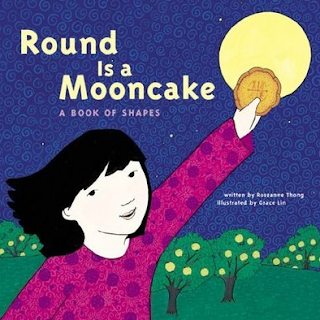 Iggy Peck Architect
Iggy Peck ArchitectAndrea Beaty (2007), 32 pages
Illustrated by David Roberts
Audience: pre-K
Format: picture book
Ignacious Peck is a born architect. At the age of two he was building towers out of “nappies and glue.” By age three he could build churches with steeples, temples, and more! He could build anything really using materials of all kinds from backyard dirt to apples, and pancakes … Iggy was a self-made architect. However, his success comes to a screeching halt when he meets Miss Lila Greer a second grade teacher (frightened by heights and tall buildings). She forbids any talk about architecture and upon such news Iggy’s “heart sank to floor … now second grade was a bore.” Luckily though while out on a class hike and picnic … Iggy saves the day. How may you ask? Why with shoestrings and skill … a bridge appears saving his classmates and Miss Lila Greer! With new appreciation for building ingenuity, Miss Greer happily welcomes Iggy Peck and talks of building from Rome to Quebec back in her classroom again. Full of quirky rhymes and creative verse, Beaty’s book is a gem and a great read-aloud book for adults and kids. Roberts’s illustrations are outstanding. His attention to detail, use of pattern and texture is hypnotic – long after reading you’ll pour over these pages again and again picking out new details each time. This is a book kids will go nuts for ... with just one read you’re guaranteed to fall in love with Iggy Peck, Architect!
Reviewed by: Katharine Quinn, SJSU MLIS Student
If you liked this book, you may like: Art by Patrick McDonnell, The Pencil by Allan Ahlberg, or Into the Sky by Ryan Ann Hunter
Other books by this author: When Giants Come to Play, Doctor Ted, Firefighter Ted, Hide and Sheep, and Cicada Summer


























